
Enhance More Sustainable Enterprises of the Future with Ethernet Connected Building Controllers
Making buildings more sustainable is fundamental to reducing global energy consumption and associated carbon emissions. Many new buildings are being outfitted with technologies to remotely control HVAC systems, sense room occupancy, autonomously control lighting, and monitor environmental conditions, making these buildings more sustainable while also making them safer and more comfortable for their inhabitants. Analog Devices’ industry leading measurement, connectivity, and processing technologies are helping make intelligent buildings a reality. ADI’s technology is purpose-built to make both new and existing buildings more sustainable and healthier, allowing retrofitting of buildings to re-use the twisted pair cable infrastructure and connect modern systems over single-pair Ethernet.

Seamless Ethernet Connectivity
A typical building has several controllers and many disparate nodes making up the building automation system. To enable connectivity to all of these devices, Ethernet can be used in different configurations over distances of up to 1 km. Analog Devices offers a portfolio of products to bring Ethernet connectivity to all levels of a building automation network. PHYs (ADIN1100), MAC-PHYs (ADIN1110), and low-complexity switches (ADIN2111) compatible with the IEEE 802.3cg 10BASE-T1L standard are available to bring Ethernet to room controllers and edge nodes in point-to-point, ring, and line network configurations. The ADIN2111 two port low complexity switch reduces the burden on the room controller’s microcontroller, making upgrades from legacy systems easier.
Featured Products
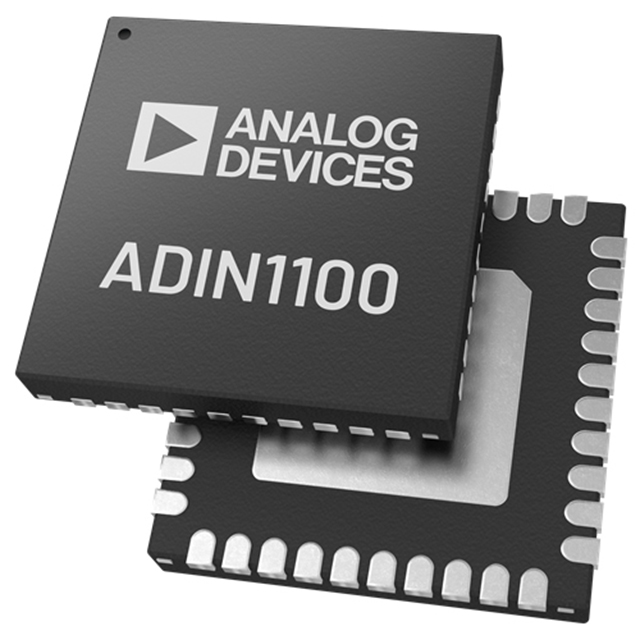
ADIN1100
Single Port Transceiver
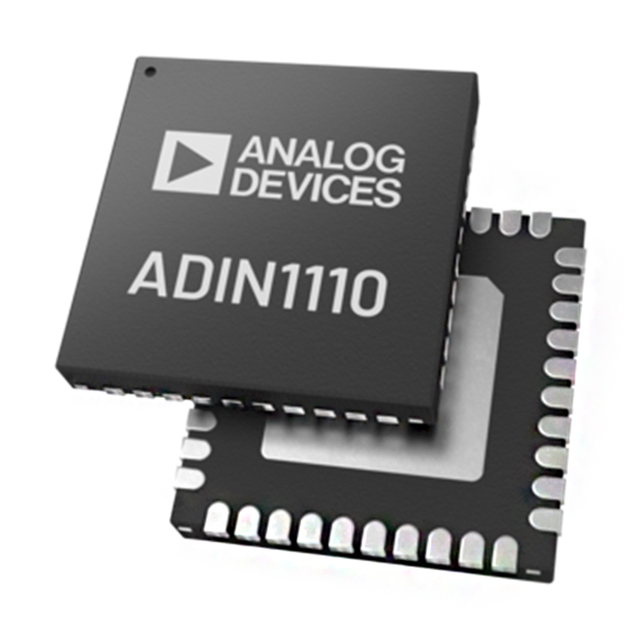
ADIN1110
Low-Power 10BASE-T1L Ethernet MAC-PHY
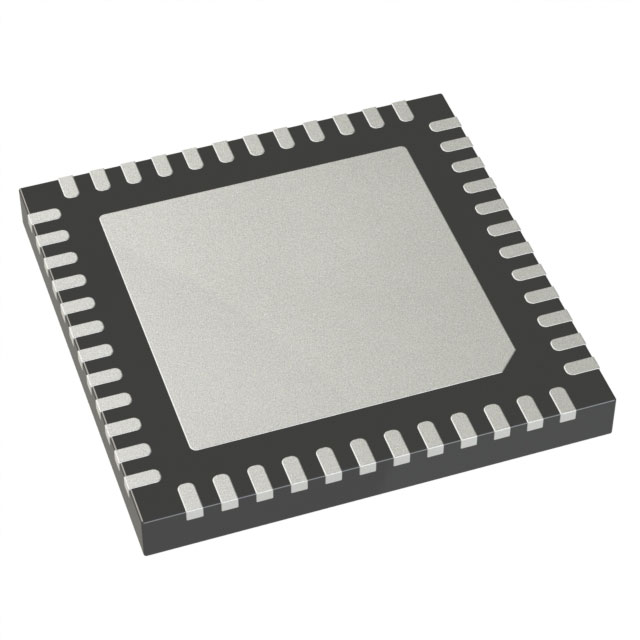
ADIN2111
2-Port Ethernet Switch
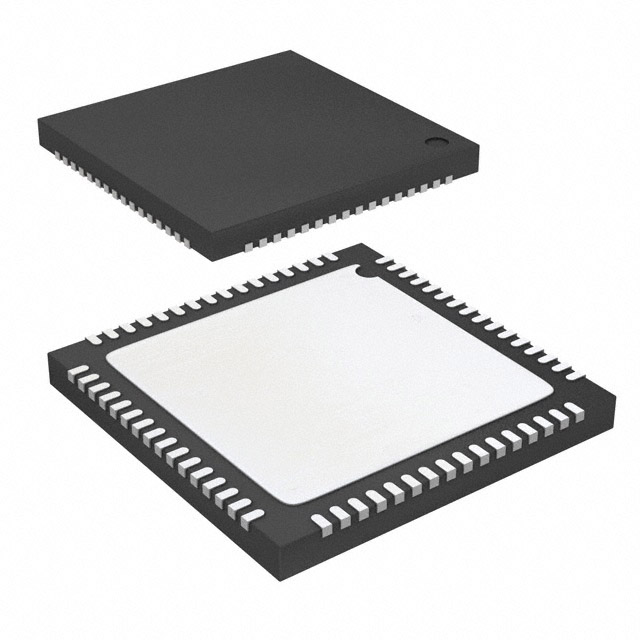
AD74412R
Quad Channel Software Configurable I/O
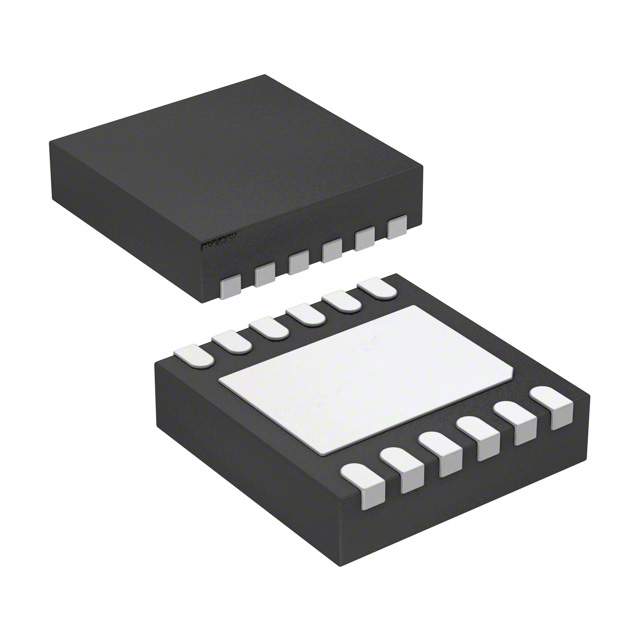
MAXQ1065
ltra-Low-Power Cryptographic Controller
Flexibity at the Edge
Despite the limitations of RS-485, analog I/O, and other legacy communication systems, they have their benefits and will remain in new and existing buildings for many years to come. ADI products enable a staged upgrade path for legacy systems. Continued investments in RS-485, such as the ADM2587E provide isolated data and power on a single IC. Software I/O (SWIO) products such as AD74412R bring a new level of flexibility and space savings to either legacy or Ethernet based systems. Any port of the AD74412R can be programmed as an analog input or output or digital input.
When retrofitting a building to upgrade the communications system from RS-485 to Ethernet, the 10BASE-T1L products highlighted in Figure 1 can be used with the building’s existing twisted pair cabling infrastructure, reducing waste and installation time. When bringing Ethernet to the edge, the ADIN2111 and ADIN1100 can be used together to connect nodes over single twisted pair cable. ADI's security products like MAXQ1065 deliver root-of-trust solutions addressing today’s cyber security threats with end-to-end turnkey security.
Featured Products
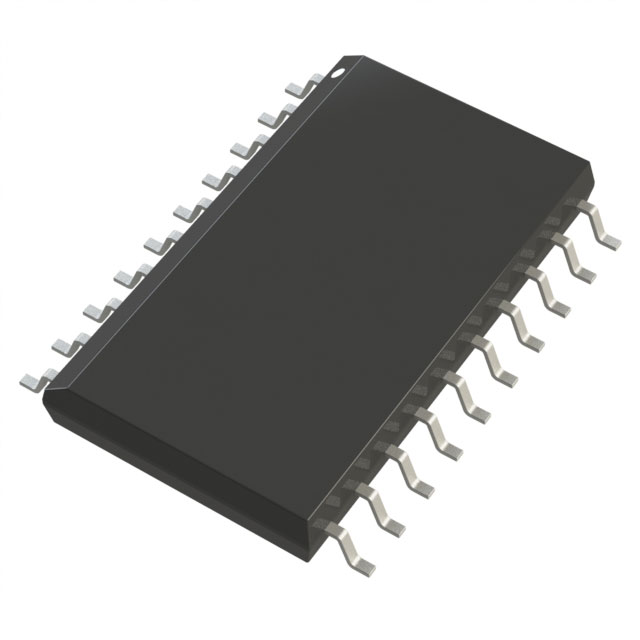
ADM2587E
Isolated RS422/RS485 Transceivers

AD74412R
Quad Channel Software Configurable I/O

ADIN1100
Single Port Transceiver

ADIN2111
2-Port Ethernet Switch

MAXQ1065
Ultra-Low-Power Cryptographic Controller
Powering Intelligent Buildings
Intelligent buildings rely on a foundation of power. Efficiently managing the available power at the edge and reducing reliance on battery operated devices is key. ADI’s LTC4296-1 Single-pair Power over Ethernet (SPoE) Power Sourcing Equipment (PSE) and LTC9111 Power Device (PD) solutions help drive greater levels of intelligence into smart buildings. While ideally suited for new installations where power lines don’t exist, SPoE allows transmission of up to 52 W of power plus data over single twisted pair Ethernet cables, providing efficient, reliable, and easily installed power. Check out ADI’s SPoE evaluation kit (EVAL-SPoE-KIT-AZ) to rapidly prototype your SPoE design today.
Featured Products
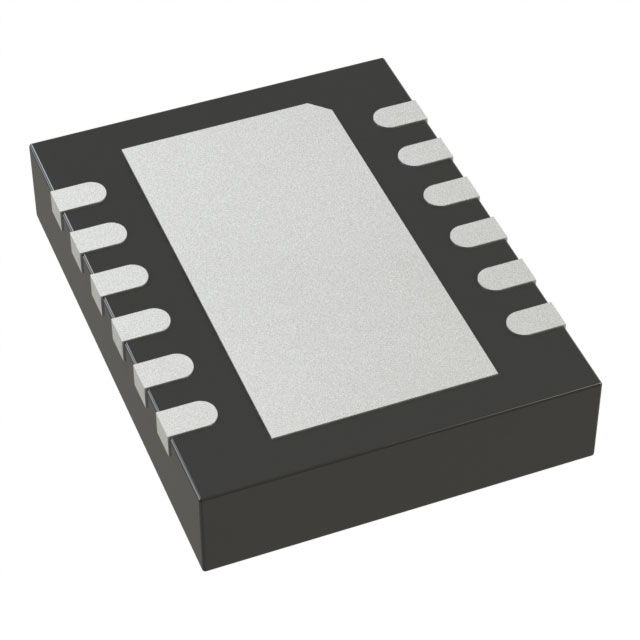
LTC4296-1/LTC9111
SPoE/PD Controllers
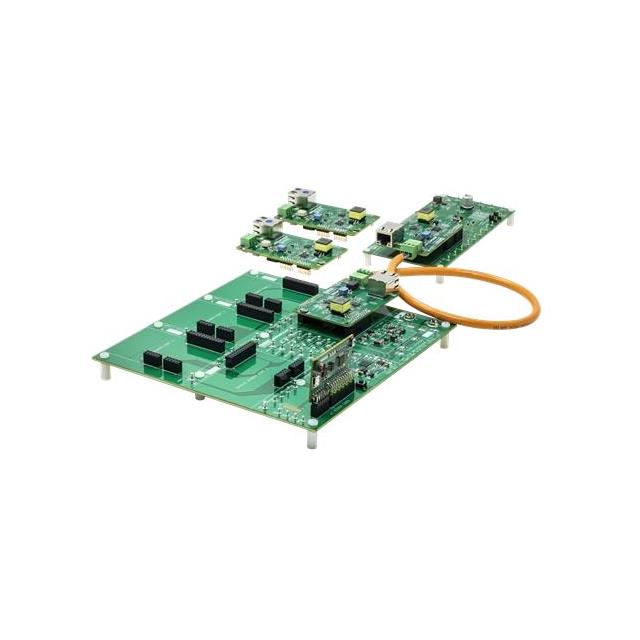
EVAL-SPoE-KIT-AZ
Power over Ethernet (PoE) Power Management Evaluation Board






